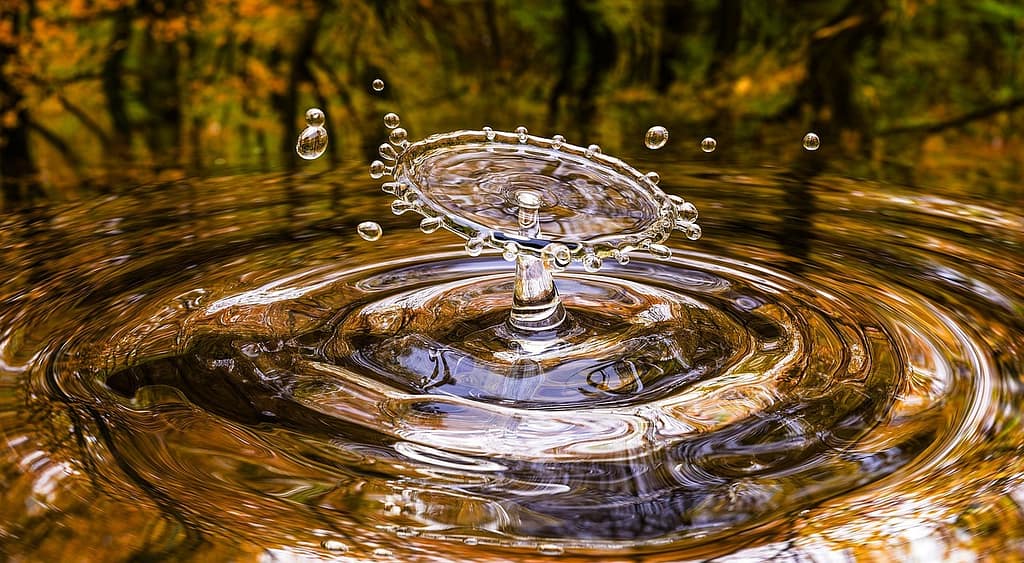Fossils are nature’s time capsules, providing a glimpse into the distant past. They are the preserved remains or traces of ancient organisms that lived millions of years before. The study of fossils helps us understand the history of life on Earth, species evolution, and changes in our planet’s climate and geography. This article will look at the fascinating world of fossils, their properties, and the various types that help scientists uncover the mysteries of prehistoric life.
Characteristics of Fossils
A fossil is the preserved remains, impression, or trace of an organism from a previous geological period. Fossils can form in a variety of ways, but they are most commonly formed when an organism is quickly buried after death, preventing decay and scavenging. Over time, minerals infiltrate the remains, replacing the organic material and transforming it into stone.
The composition of the organism, the environment in which it was buried, and the presence of hard parts such as bones, teeth, or shells all have an impact on fossilization. Fossils are characterized by their mineralized nature, preservation of hard parts, and, in rare cases, soft tissues.
Types of Fossils
Fossils are classified into different types based on their formation and the information they contain. The four main types are body fossils, trace fossils, mold and cast fossils, and resin fossils (amber). Each type provides unique perspectives on the ancient world.
1. Body Fossils

Image Source: Digital Atlas of Ancient Life
Body fossils are the physical remains of an organism, such as bones, teeth, shells, and leaves. These fossils provide direct evidence of how ancient creatures looked. Dinosaur bones and mammoth tusks are prime examples of body fossils.
Body fossils are typically formed by quickly burying an organism in sediment, preventing decomposition. Over millions of years, minerals replace organic matter, transforming the remains into rock. These fossils are important in paleontology because they allow researchers to investigate the physical characteristics and evolutionary changes of ancient organisms.
Notable discoveries of body fossils include the nearly complete skeleton of Tyrannosaurus rex, known as “Sue,” and the well-preserved remains of the Ice Age mammoth discovered in Siberia.
2. Trace Fossils

Trace fossils, also called ichnofossils, provide indirect evidence of an organism’s activity. These include footprints, burrows, feeding marks, and even feces (coprolites). Trace fossils are extremely useful in understanding the behavior and interactions of ancient creatures.
For example, dinosaur footprints can reveal the animal’s size, gait, and speed, whereas burrows can indicate the presence of soft-bodied organisms that leave few body fossils. Trace fossils also help scientists understand the environment in which these organisms lived by contextualizing the body fossils discovered in the same area.
Famous trace fossil discoveries include the Laetoli footprints in Tanzania, which provide evidence of early human bipedalism, and the fossilised burrows of ancient worms, which show how these creatures interacted with their environment.
3. Mold and Cast Fossils

Mold and cast fossils form when an organism is buried in sediment and eventually decays, leaving an impression (mold) in the surrounding material. If this mold is later filled with minerals or sediment, it will produce a cast. These fossils are basically replicas of the original organisms.
The primary distinction between molds and casts is that molds are hollow impressions whereas casts are solid, filled-in forms. Mold and cast fossils include the well-known ammonite and trilobite imprints found in limestone.
Mold and cast fossils are essential for investigating the shapes and surface details of ancient organisms. They help scientists reconstruct what extinct creatures looked like and understand their evolution over time.
4. Resin Fossils (Amber)

Image Source: Getty Museum
Resin fossils, also known as amber, are formed when tree resin hardens and fossilizes over millions of years. These fossils frequently include perfectly preserved insects, plants, and even small vertebrates. Amber fossils are extremely valuable because they can preserve delicate structures such as wings, hair, and soft tissues, which are uncommon in other types of fossils.
The formation of resin fossils begins when tree resin traps small organisms. The resin hardens and undergoes chemical changes, eventually transforming into amber. These fossils provide unique insights into ancient forest ecosystems, including the types of plants and animals that lived there and how they interacted.
Notable amber fossils include the discovery of a feathered dinosaur tail trapped in amber, providing direct evidence of the dinosaur-bird relationship. Amber fossils also provide insights into the behavior and biology of ancient insects, including the preservation of ants, spiders, and even lizards..
Summary
Fossils are invaluable resources for studying the history of life on Earth. Body fossils provide direct evidence, while trace fossils provide behavioral insights. Each type contributes to our understanding of ancient organisms and their environments. Mold and cast fossils aid in the reconstruction of extinct creatures, whereas resin fossils provide unparalleled preservation of delicate structures.
Studying fossils not only reveals the past, but it also helps us understand the present and predict future trends. As technology advances, new discoveries emerge, shedding light on the ancient world. Fossils are not just remnants of the past, but keys to unlocking the mysteries of life on our planet.
References
- National Geographic. (n.d.). Fossils. Retrieved from education.nationalgeographic.org
- Smithsonian National Museum of Natural History. (n.d.). Types of Fossils. Retrieved from naturalhistory.si.edu
- University of California Museum of Paleontology. (n.d.). What are Fossils? Retrieved from ucmp.berkeley.edu
- BBC Earth. (n.d.). Amber Fossils. Retrieved from www.bbc.co.uk






Pingback: Transitional Fossils: Bridging the Gaps in Evolutionary History - Techy Tempest